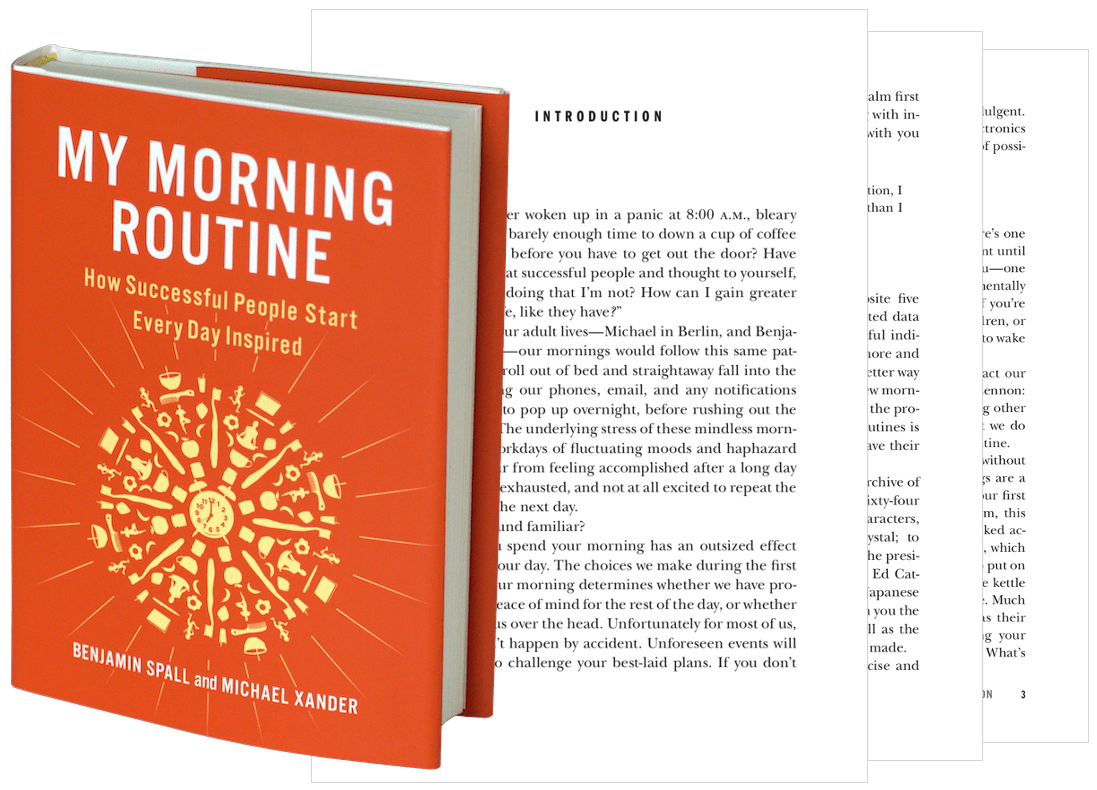How to Delay Gratification and Control Your Impulses

The ability to delay or defer gratification is one of the most useful character traits that a person can hold, as it allows you to stop, think, and truly decide what is in your best interest in a given situation.
When you learn how to delay gratification you’ll have a better grasp of impulse control, the means by which we stop ourselves from doing exactly what we want to do in the moment, in favor of stepping back and asking if that is really what we want to do.
In this article I’m going to look into the benefits of delayed gratification, including what learning to delay gratification promotes, as well as how having good impulse control will see you right throughout your life.
What is Delayed Gratification?
Delayed gratification is the act of delaying your need for satisfaction in the moment in order to receive that satisfaction at a later date. Typically, the rewards of delaying gratification are larger than if you give into temptation right away.
Studies have shown that the ability to delay gratification promotes success in many areas of life, including in your career, relationships, and finances. If you currently have (or feel that you have) an inability to delay gratification, this is something that you can work to overcome with time.
Delayed Gratification vs. Instant Gratification
An easy, if simplistic, way of looking at the differences between instant gratification and delayed gratification is that with instant gratification you avoid pain right now, while with delayed gratification you avoid pain in the future.
This “pain,” can be a physical pain, but it’s just as likely to be an emotional pain, such as the pain of not allowing yourself to eat that extra slice of pizza, or pushing yourself to go for one minute longer on the treadmill. In both examples, instant gratification (the extra slice of pizza, stopping your run on time) are what you want in the moment, but what you’re pushing yourself to do—to not eat that extra slice, and to go that extra minute—represents delayed gratification, and what you know will be most beneficial to you over the long term.
Examples of Delayed Gratification
Here are some examples of ways in which we can delay gratification, including a look at the most famous example out there.
The Marshmallow Test
The Stanford marshmallow experiment is a famous study on delayed gratification that took place under the lead of Walter Mischel at Stanford University, Palo Alto, in 1972.
The basis of the study was offering a child one small reward that they could have immediately, or two small rewards that they could have if they were willing to wait for it. After being told of their choices, each child was left alone in a room with their desired reward (a marshmallow or pretzel stick) for 15 minutes.
The experiment concluded that the children who were able to delay gratification by holding out from eating their desired reward for the period in which they were left alone in a room with it are more likely to have “better life outcomes, as measured by SAT scores, educational attainment, body mass index (BMI), and other life measures.” (When the experiment was replicated at ten times the scale and with a more diverse sample population, the results were only half as conclusive as to the benefits of delayed gratification. It has been suggested that economic background, rather than a need for greater impulse control, was the cause of this difference.)
Everyday Examples of Delaying Gratification
Of course, examples of delayed gratification come up throughout our lives, some of which we are aware of in the moment, others not so much. Here are some everyday examples of delayed gratification:
- When you’re cooking dinner, choosing to not snack (even if you really want to) as you know your meal will be that much more gratifying if you wait;
- If you’re studying for an exam but really want to check your phone or watch television, tell yourself you can do those things as much as you like, once you’re done studying;
- When you’re at the gym, if there’s one piece of exercise equipment that you prefer to use over the others, wait until just before the end of your workout to use it;
- If you enjoy a special coffee drink from your favorite coffee shop, tell yourself you can get one only after you have worked hard for the first hour or two of the day;
- When you enter (or re-enter) the job market, tell yourself you can have the rest of the day off, guilt-free, only after you have applied to 1-3 jobs that day.
Improve Your Ability to Delay Gratification
Learning how to delay gratification and control your impulses is easier said than done, but when you follow the below tips you will start to see some immediate improvements:
- Give yourself a precise timeframe: When working on your ability to delay gratification, give yourself a precise countdown until the time at which you can be gratified (eat a snack, stop working out, check your phone, etc.) so you can work toward it.
- Reward yourself for small wins: While not snacking while making dinner may not feel like something you should be rewarded for doing, doing so in the beginning can be a great way to make delaying gratification seem more palatable.
- Make promises to yourself, and never break them: The reason some of us struggle with delayed vs. instant gratification is because with instant gratification you can be sure of what you’re going to get, whereas with delayed gratification you need to trust that the gratification will come eventually. For this reason, never break promises to yourself.
Learning to delay gratification promotes a host of healthy behaviors in children and adults that we can take forward with us for the rest of our lives. Delayed gratification may not have the same aura or appeal as instant gratification, but it will set you up for a happy and healthy life.
If you’re interested in hearing more from me, be sure to subscribe to my free email newsletter, and if you enjoyed this article, please share it on social media, link to it from your website, or bookmark it so you can come back to it often. ∎




